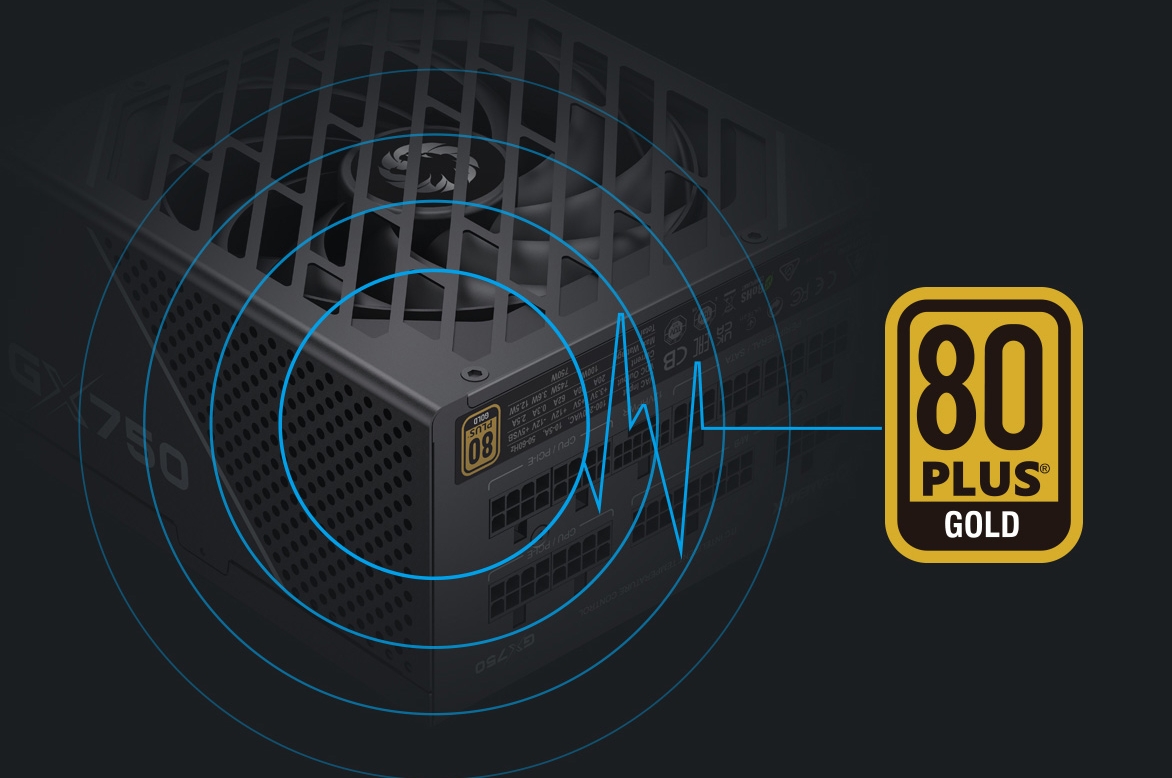Choosing the right power supply unit (PSU) for your PC build is crucial to ensure stable performance and prevent potential hardware issues. An adequately sized PSU provides enough power for your components while maintaining efficiency. Here’s a step-by-step guide on how to calculate the required power supply for your build.
Stability: A PSU that meets your power needs ensures stable operation, reducing the risk of crashes and freezes.
Longevity: Operating a PSU at or near its maximum capacity can lead to overheating and shorter lifespan. A well-sized PSU runs cooler and lasts longer.
Future Upgrades: A slightly larger PSU can accommodate future upgrades without needing a replacement.
Start by listing all the components in your build. The main components that impact power requirements are:
CPU: Check the thermal design power (TDP) specified by the manufacturer.
GPU: The graphics card typically requires the most power; refer to the manufacturer’s specifications.
Motherboard: While generally consuming less power, motherboards still need to be considered.
RAM: Each stick of RAM consumes a small amount of power, usually around 2-5 watts.
Storage Devices: Include SSDs and HDDs. SSDs typically use about 2-5 watts each, while HDDs may require 6-10 watts.
Cooling Fans: Consider any additional case fans or cooling solutions.
Other Peripherals: Include any additional components, such as RGB lighting, sound cards, or capture cards.
CPU TDP: Check the manufacturer’s website for your CPU’s TDP. For example, an Intel i7 may have a TDP of around 95 watts.
GPU: Refer to the GPU specifications for power requirements. A high-end card like the NVIDIA RTX 3080 may need around 320 watts.
RAM: Generally, estimate about 5 watts per stick. So, for two 8GB sticks, use 10 watts.
Storage Devices:
SSD: 3 watts each
HDD: 8 watts each
Cooling Fans: Estimate about 5 watts per fan. If you have three fans, that’s 15 watts.

Add the power requirements of all components:
CPU: 95 watts
GPU: 320 watts
RAM: 10 watts
SSD: 3 watts (assuming one SSD)
HDD: 8 watts (assuming one HDD)
Fans: 15 watts (assuming three fans)
Total = 95 + 320 + 10 + 3 + 8 + 15 = 451 watts
It's a good practice to add a safety margin to your total wattage to accommodate power spikes and future upgrades. A common recommendation is to add 20-30% to your total wattage.
For our example:
Total wattage: 451 watts
Safety margin (25%): 451 * 0.25 = 112.75 watts
Recommended PSU wattage = 451 + 112.75 ≈ 564 watts
Once you have your calculated wattage, choose a PSU that meets or exceeds this number. Look for a unit that is:
80 Plus Certified: This ensures efficiency and reliability.
Modular or Semi-Modular: This can help with cable management and airflow in your case.
Reputable Brand: Stick to trusted manufacturers like Corsair, EVGA, Seasonic, or Cooler Master.
Calculating the required power supply for your build is a crucial step in ensuring stability and performance. By carefully listing your components, finding their power requirements, summing them up, and adding a safety margin, you can confidently choose a PSU that meets your needs. This not only ensures your system runs smoothly but also allows for future upgrades without hassle. Happy building!